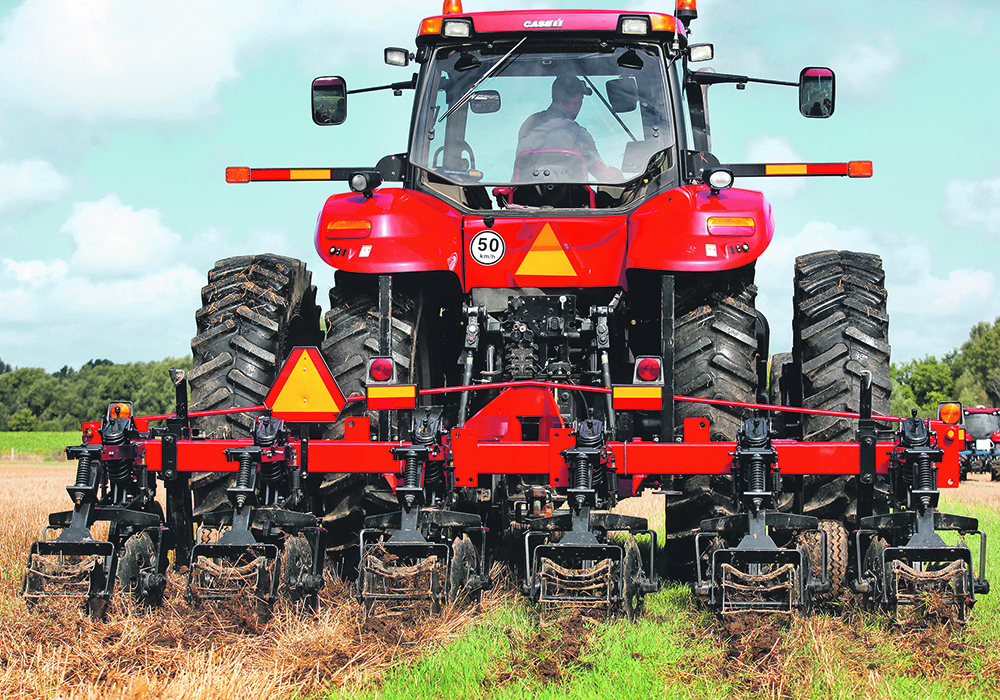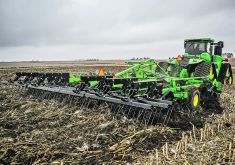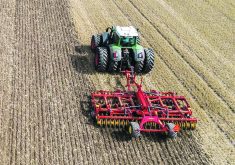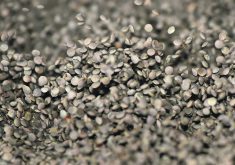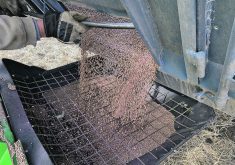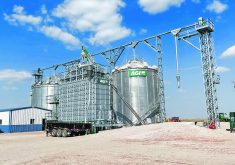Reasons why farmers haven’t been more accepting of strip tillage include weather and a reluctance to change
There was a time, in the 2000s, when strip tillage was promoted as a middle ground between conventional tillage and no-till.
But much like the politics of the last 10 years, there aren’t many people who reside in the middle. Most folks are in one camp or the other.
That’s possibly why strip tillage never became popular with farmers who grow row crops in places like North Dakota and southern Manitoba.
Another reason is weather.
“There were many times it was too wet in the fall, so they (farmers) couldn’t do the strip till. And they had to wait to the spring. And in the spring they didn’t want to fool around (with strip tillage),” said John F. Nowatzki, an agricultural machine systems specialist at North Dakota State University.
Strip tillage is a system in which narrow strips, or alleys, are tilled to prepare a field for planting. However, the residue from the previous crop remains on the field between the alleys to reduce soil erosion and retain more snow over the winter.
Research and demonstrations from about 15 years ago suggested that strip till can increase soil organic matter, relative to conventional tillage, and help the soil warm up and dry faster in the spring, compared to no-till.
More recent research in Manitoba has shown that strip tillage is also helpful in dry years.
The Manitoba Pulse & Soybean Growers runs an On-Farm Research Network to test agronomic practices on a larger scale. In 2020 and 2021, it looked at strip till versus conventional tillage for dry bean production.
In 2020, the fields with strip tillage had less wind erosion and less damage to seedlings from windstorms in June.
In 2021, which was an extremely dry year in southern Manitoba and across Western Canada, strip-tilled black beans out-performed beans planted into conventional tillage.
“The notable difference was in the extent of vine production, where the strip-tilled beans had more vine growth than the conventional tilled beans,” MPSG said in a report on the research. “The yield difference between tillage treatments was significant, with strip-till beans yielding 290 pounds per acre more than conventional tilled beans.”
A few more Manitoba farmers are adopting strip till, but the number of producers farmers with a strip till unit is still quite low, said Laura Schmidt, a production specialist with MPSG.
“They’re typically using it (strip till implement) throughout the rotation to get the most bang for their buck – for sunflowers, corn, wide-row soybeans and dry beans. These on-farm trials I believe were a result of the participating farmers having a strip till unit and wanting to investigate if it would work and provide a benefit in dry beans much like it worked in their other crops.”
So, strip till can offer benefits, but few growers in Manitoba and North Dakota can be bothered.
One obvious reason is the cost of purchasing a strip-till implement.
However, Nowatzki thinks weather has been a bigger deterrent.
Nowatzki used to organize strip-till demonstrations at the Big Iron Farm Show in Fargo, N,D., and about a dozen companies would participate to show off their technology.
Growers were interested and some purchased strip tillage equipment. But autumns with excessive soil moisture dampened their enthusiasm.
“But in the (following years) in the fall, it was too wet to do strip till,” Nowatzki said, so growers abandoned the practice.
A reluctance to try strip tillage is also an issue in Ontario.
There are a group of devout strip tillers who swear by the practice. In recent years, a few more producers have joined their ranks. However, the key phrase in that sentence is “a few.”
“A lot of the adoption was back in 2015, ’16 and ’17. It’s very regional, but I think a fair statement overall for southern Ontario is that there continues to be a modest adoption,” Jake Munroe, a field crops soil specialist with Ontario’s agriculture ministry, told Country Guide this fall.
In the Red River Valley, another factor could be tile drainage.
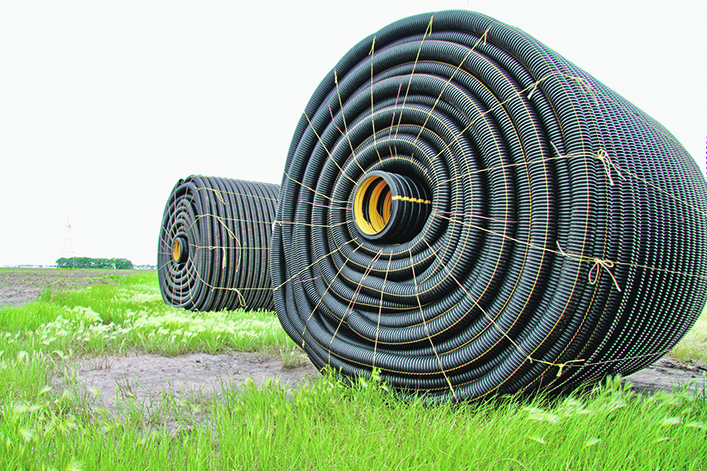
Over the last 10 years, more so in North Dakota, producers have invested $800 to $1,100 an acre to install drainage pipes under their land.
As a result, more growers are shifting to conservation tillage because the tiles help soil dry out in the spring.
“Now in the Red River Valley, with tile drainage, we’re seeing more and more minimum till,” Nowatzki said.
“The only really tilled fields are the sugar beet fields.”
There’s also the matter of habit.
If farmers were raised on a zero-till farm, or with conventional tillage, it’s hard to change their minds, Fabian Fernandez, a University of Minnesota scientist, said in 2015.
“Tillage is a little like religion. You tend to stay with what you’ve grown up with.”


